The negative camber tilts the tire’s top inward toward the truck. This gives the tire a “scalloped” appearance and is often done for cosmetic reasons. If you’ve lifted your truck, there’s a good chance you’re dealing with negative camber. This can cause tire wear and handling problems, but it’s not difficult to fix. In this article, we’ll show you how to fix negative camber on lifted truck and get your truck driving like new again. Keep reading to learn more.
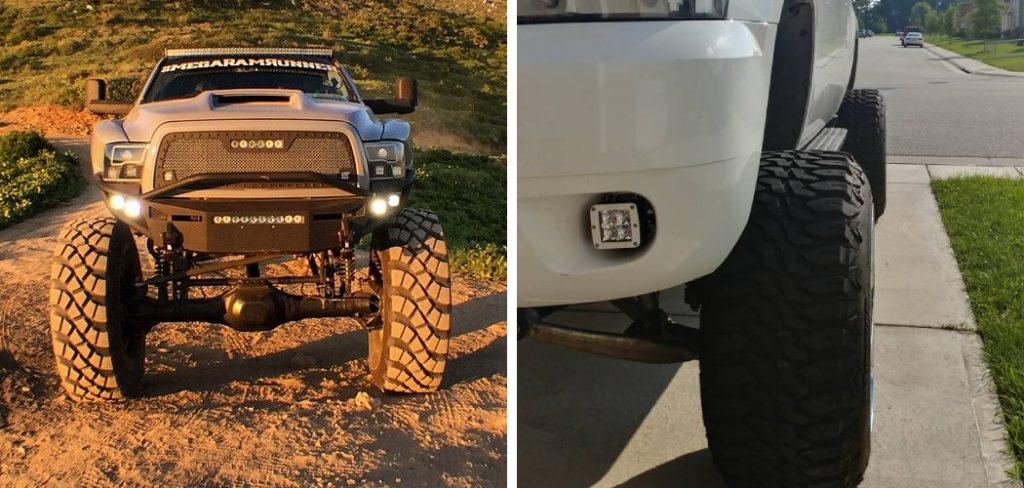
Summary: If your lifted truck is exhibiting poor handling, a possible cause could be negative camber. Negative camber occurs when the top of your tires point inward, giving you less grip and more tire wear. Luckily, negative camber can easily be corrected with a few simple adjustments.
Adjustment methods include using an adjustable cam bolt kit to lower the control arms, replacing stock control arms with longer versions, and using caster cams to raise or lower the front end. Whichever method you choose, make sure that all alignment specs are within factory specifications before driving.
What Causes Negative Camber on Lifted Truck?
There are a few reasons why you might have negative camber on your lifted truck. Incorrect suspension geometry is the most common cause of negative camber on the lifted truck. When you lift your truck, the suspension geometry changes and can cause the tires to tilt inward. This is especially common with lifting kits that don’t include adjustable control arms.
Another common cause of negative camber is worn-out suspension components. Over time, the control arms and other suspension components can wear out and cause the tires to tilt inward. If you’ve had your truck for a while, this is something to keep an eye on.
Additionally, uneven tire wear can also cause negative camber. If one side of your tires is wearing down faster than the other, it can cause the tire to tilt inward and create negative camber. The other common cause of negative camber is imbalanced weight distribution. If you have more weight on one side of the truck than the other, it can cause the tires to tilt inward. This is something to keep an eye on if you frequently haul heavy loads or tow a trailer.
Lastly, driving on uneven roads can cause negative camber. If you frequently drive on bumpy or pothole-filled roads, it can put stress on the suspension and cause the tires to tilt inward.
Is Negative Camber Bad for My Truck?
While negative camber may not be the best for your truck, it’s not necessarily bad either. In fact, some truck owners actually prefer the way their truck looks with negative camber. However, negative camber can cause problems with tire wear and handling.
Tire Wear One of the biggest problems with negative camber is that it can cause premature tire wear. This is because the tires are constantly being pushed inward at an angle. Over time, this causes the tread to wear down unevenly. Another problem is that the sidewalls of the tires can rub against the wheel wells, which can also cause wear. Another problem with negative camber is that it can affect the handling of your truck.
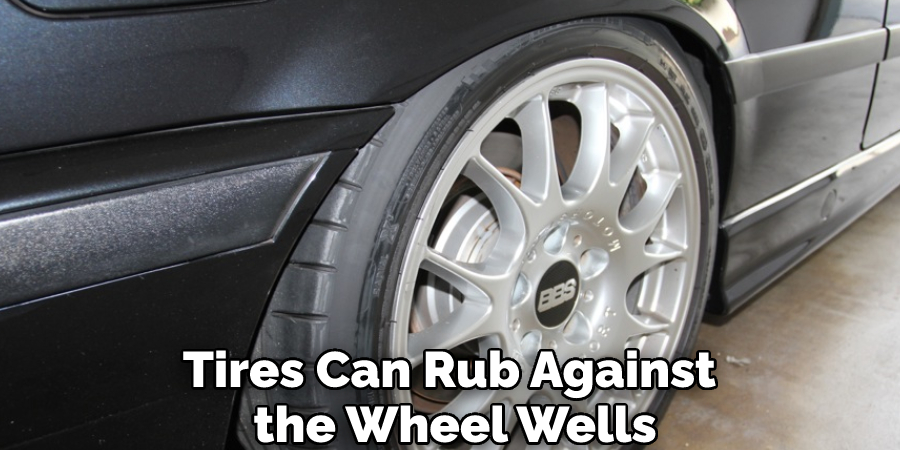
This is because the tires cannot get a good grip on the road. This can cause the truck to slip and slide, especially in wet or icy conditions. Lastly, negative camber can also make it more difficult to steer the truck. So, if you’re looking for the best performance from your truck, you should fix the negative camber.
Some Effective Ways How to Fix Negative Camber on Lifted Truck
1. Adjust the Suspension
You can adjust the suspension to fix the negative camber if you have adjustable control arms. This is the best way to fix the negative camber because it will correct the suspension geometry. You’ll need to raise or lower the control arms to adjust the suspension. First, find the control arm on the side of the truck that has a more negative camber. Then, raise or lower the control arm until the camber is corrected.
Next, you’ll likely need to readjust the other control arm to get the correct alignment. If you don’t have adjustable control arms, you can still adjust the suspension, but it will be more difficult. You’ll need to loosen the suspension components and readjust them until the camber is corrected. This method is more time-consuming, and getting the correct alignment is challenging.
2. Replace Worn-Out Suspension Components
If you have a worn-out suspension, it’s important to replace the components as soon as possible. Otherwise, it can cause premature tire wear and affect the handling of your truck. To replace the suspension components, remove the old ones and install the new ones. Make sure to follow the manufacturer’s instructions when doing this. Try to find suspension components that are designed for lifted trucks. This will ensure that they fit correctly and provide the best performance.
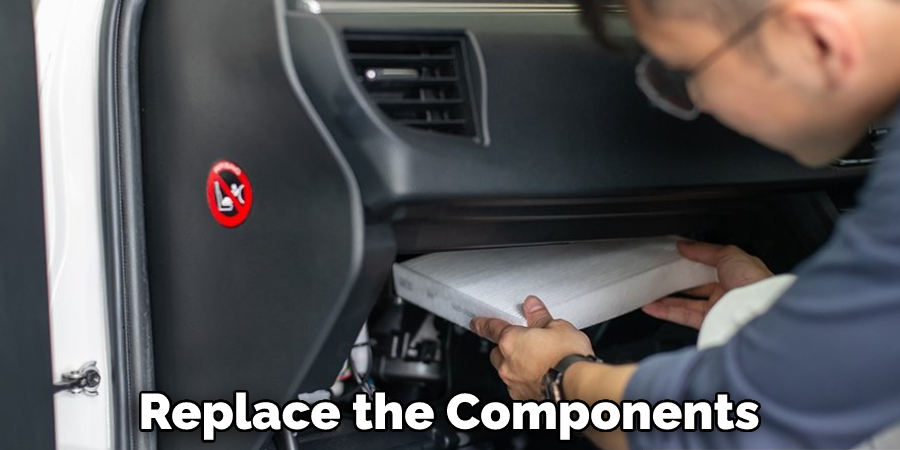
3. Balance the Tires
If the tires are unbalanced, it can cause negative camber. To fix this, you’ll need to balance the tires. This can be done at most auto shops. First, the technician will remove the tires from the truck. Then, they’ll place them on a machine that will spin the tire and measure the weight. Once the weights are calculated, the technician will add or remove weight from the tire until it’s balanced.
Finally, the tire will be put back on the truck. If one of the tires is significantly heavier than the others, it can cause negative camber. In this case, you may need to replace the tire.
4. Check the Weight Distribution
If the truck’s weight is not evenly distributed, it can cause negative camber. You’ll need to adjust the load to be evenly distributed to fix this. You can do this by moving the items in the truck’s bed around. For example, if you have a lot of weight in the truck’s rear, you can move it to the front. This will help to distribute the weight and fix the negative camber evenly.
Keep the weight as close to the truck’s center as possible. Avoid putting too much weight on the truck’s bed, as this can also cause problems.
5. Use a Camber Kit
If you can’t fix the negative camber with the methods above, you can use a camber kit. This is a special tool that helps to correct the camber. It’s easy to install, and it’s relatively inexpensive. You can find camber kits at most auto parts stores. To use the kit, first, locate the control arm on the side of the truck that has a more negative camber. Then, attach the kit to the control arm and turn it until the camber is corrected. Once the kit is in place, you can tighten it so that it stays in place.
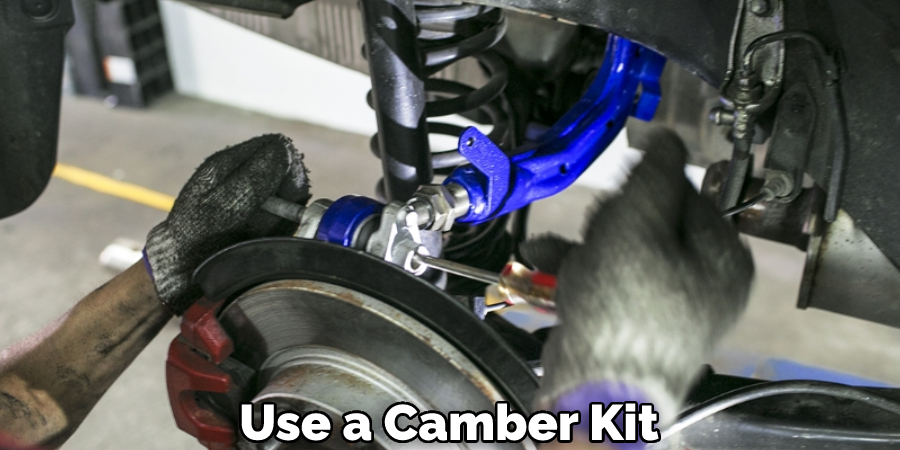
6. Use an Adjustable Ball Joint
If you have an adjustable ball joint, you can use it to fix the negative camber. This is a common method used by mechanics. First, you need to loosen the ball joint nut. Then, you can adjust the ball joint to change the camber. Finally, it would be best if you tightened the ball joint nut.
7. Check the Tire Pressure
If the tire pressure is too low, it can cause negative camber. Tire pressure should be checked regularly to ensure that it’s at the correct level. To fix this, first, you’ll need to find the correct tire pressure for your truck. This can be found in the owner’s manual or on the placard located on the doorjamb. Once you know the correct tire pressure, inflate the tires until they reach that level.
8. Inspect the Shock Absorbers
If the shock absorbers are worn out, it can cause negative camber. Shock absorbers are designed to absorb the impact of bumps and potholes. To fix this, you’ll need to replace the shock absorbers. First, check the owner’s manual to see what type of shocks are recommended for your vehicle. You can also ask a mechanic. Once you’ve bought the correct shocks, follow the shock absorber’s installation guide instructions.
9. Use a Coil Spring Spacer
If the coil springs are too soft, they can cause negative camber. To fix this, you can use a coil spring spacer. This will add height to the coil spring and take some pressure off it. First, find a coil spring spacer that is the right size for your truck. Then, place it on top of the coil spring and secure it in place. You may need to use a jack to raise the coil spring enough to fit the spacer. Finally, test drives your truck to see if the negative camber is fixed.
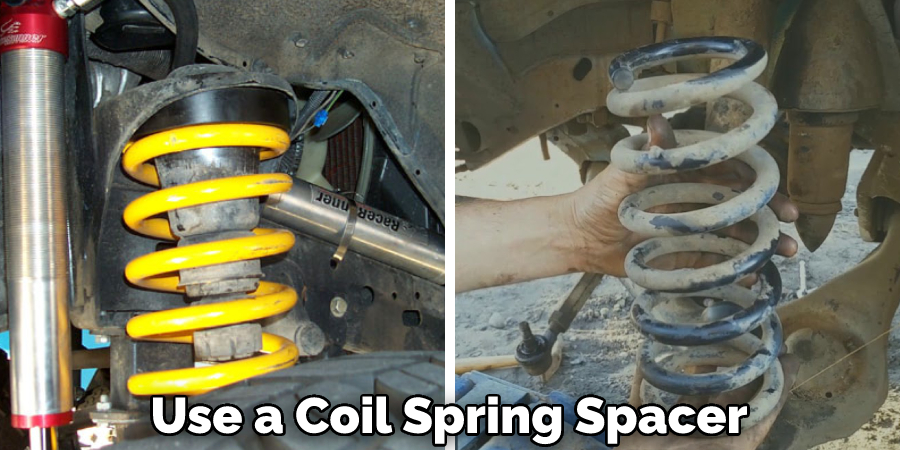
How Much Does It Cost to Fix Negative Camber?
Normally, the cost of fixing negative camber is between $100 and $300. However, the cost of fixing the negative camber will vary depending on your method. For example, if you need to replace a tire, you can expect to pay $100 or more. On the other hand, if you use a camber kit, the cost will be around $30. Ultimately, the best way to determine the cost is to consult with a mechanic. They can inspect your vehicle and let you know the best course of action.
Frequently Asked Questions
Can Negative Camber Be Fixed?
While negative camber is not a desirable condition, there may be ways to fix it. By adjusting the alignment of your vehicle’s suspension system, you may be able to improve your car’s handling and performance. If you’ve recently installed new tires or recent shocks, they may also need adjustments in order to correct the negative camber.
If this isn’t possible or doesn’t solve your problem, then you might have to replace your whole suspension system. This can be a costly undertaking but could give you back the control and stability that was lost with Negative Camber.
What Will Happen if There is Excessive Negative Camber?
When there is excessive negative camber, the vehicle will typically experience a decrease in traction and skid under braking. In extreme cases, this can lead to loss of control and an accident. When you notice any abnormalities with your car’s alignment, it is important to have it checked out as soon as possible by a professional mechanic.
If left unaddressed, negative camber can cause premature wear on the suspension components which could result in permanent damage or even replacement. It’s also important to note that improper alignment can increase your risk of getting into accidents while driving other vehicles since they may not be able to handle the increased cambers correctly.
It’s best to address these issues before they become major problems by having your car aligned professionally at least once every 6 months or when you first detect any abnormal changes in its alignment parameters.
Can You Adjust Camber on Stock Suspension?
Yes, you can adjust the camber on stock suspension. Camber is the angle of the wheel at the front and rear of the car. The front camber is the angle of the wheel at the front of the car, and the rear camber is the angle of the wheel at the rear of the car. You can adjust these angles to change how much grip (grip in front and traction) you have in turns.
Will Negative Camber Cause a Pull?
Yes, negative camber can cause a pull. This is because the vehicle’s rear tires are forced to work harder than the front tires to keep them in contact with the pavement. The increased workload can lead to wear and tear on your suspension system and traction control systems.
Conclusion
So there you have it! These are some ways you can fix negative camber on a lifted truck. Follow these tips, and you’ll be back on the road in no time. We hope this article has been helpful. If you have any questions, please feel free to leave a comment below. Also, check out our other articles for more tips on how to fix negative camber on lifted truck. Thanks for reading!
